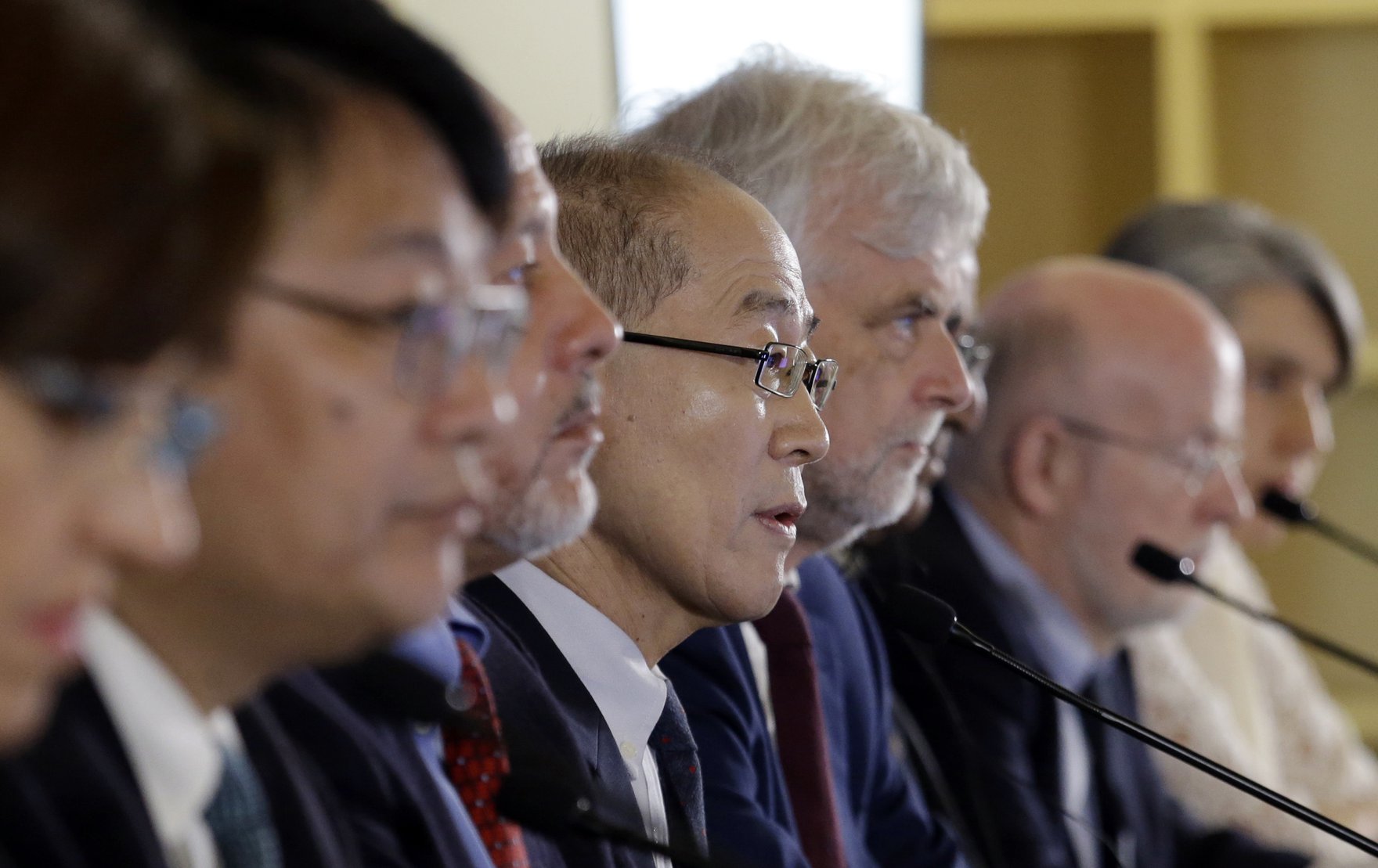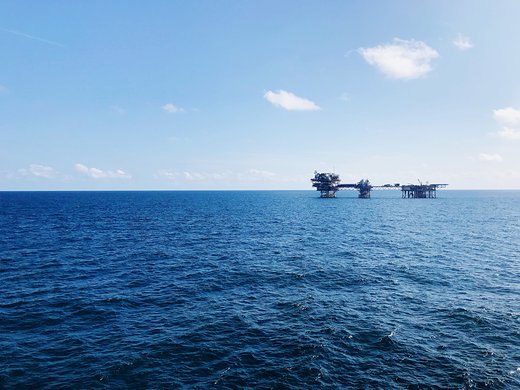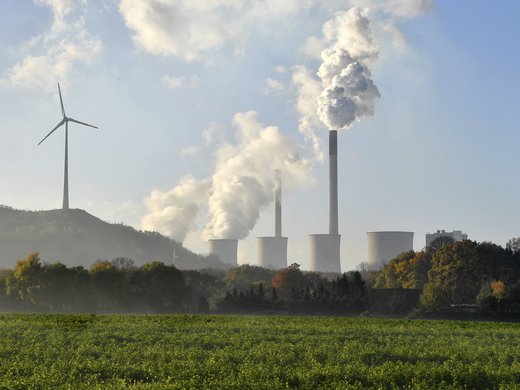On October 6, 2018, the Intergovernmental Panel on Climate Change (IPCC) issued a special report titled Global Warming of 1.5 °C. Essentially, the report analyzes the impacts of a 1.5°C increase in global average temperature above pre-industrial levels, and details what should be done to limit global warming to 1.5°C.
The report concludes that the adverse impacts associated with a global warming of 1.5°C would be more manageable than the impacts of a 2°C warming, and that the 1.5°C limit is indeed possible — though far from easy. According to the report, human activities are estimated to have caused approximately 1°C of global warming. At the current rate of warming, the global temperature rise should reach the 1.5°C threshold between 2030 and 2052. However, the report also says that the additional 0.5°C increase could be avoided by drastically reducing greenhouse gas (GHG) emissions in the next 10 years.
To that end, global anthropogenic carbon dioxide (CO2) emissions would have to be reduced by about 45 percent by 2030 from the 2010 levels, and all CO2 emissions would have to be balanced by anthropogenic CO2 removals by 2050. As the reports notes, achieving the 1.5°C target requires transitions in energy, land, urban, infrastructures and industrial systems of an unprecedented scale. But, in return, the climate-related risks to health, livelihoods, food security, water supply, human security and economic growth would be significantly reduced. The Global Warming of 1.5 °C report is likely to have profound political and governance implications in the coming years, at both the international and the domestic levels.
The IPCC: A Key Player in Climate Governance
The IPCC was created in 1988 to provide the world with a “clear scientific view on the current state of knowledge in climate change and its potential environmental and socio-economic impacts.” Because this institution enjoys a high degree of credibility, its reports generally have had an important impact at the policy level.
The conclusions of the IPCC’s first assessment report were released in 1990 and prompted states to launch negotiations of the first international treaty on climate change (the United Nations Framework Convention on Climate Change) one year later. In 1996, the IPCC supported the views of developing countries in its second assessment report, calling for developed countries to commit to the Kyoto Protocol’s legally binding GHG reduction targets.
More recently, the influence of the IPCC work was visible in the negotiations of the Paris Agreement. The long-term mitigation goal stated in article 4.1 of the agreement is based on the recommendations of the IPCC’s 2014 fifth assessment report.
While the IPCC’s most recent special report is narrower in scope than an assessment report, its international and domestic impact will be wide-reaching.
The IPCC Report in Canada
The IPCC Global Warming of 1.5 °C report could also have an important impact on policy in Canada. It surely will help to reinforce the legitimacy of any measures designed to combat climate change. Its publication is especially timely for the federal government, considering the growing opposition toward Canada’s federal carbon-pricing benchmark.
The report could also be used in the context of domestic litigation to uphold the validity of federal climate policies. Further, in the context of Charter of Rights and Freedoms litigation, the report could be used to argue that the current Canadian mitigation pledge is not adequate and endangers the life, liberty and security of Canadian citizens. It is interesting to note that in other countries, IPCC reports have already played an important role in the legal reasoning of domestic courts (for example, the recent ruling in Urgenda Foundation v The State of the Netherlands, The Hague Court of Appeal, October 9).
Finally, the IPCC special report could favour the development of CO2 removal technology, such as carbon capture and storage. Indeed, the report notes that all pathways that limit global warming to 1.5°C involve the use of this technology. This finding could lead to some changes in the current legal and institutional framework surrounding climate geoengineering to promote the dissemination of CO2 removal technologies.
1.5°C: A New Reference Point for International Negotiation?
The IPCC’s Global Warming of 1.5°C report is inherently linked to the Paris Agreement. As its article 2 states, one of the goals of this agreement is to hold “the increase in the global average temperature to well below 2°C,” and to pursue “efforts to limit the temperature increase to 1.5°C.”
During the negotiations of the Paris Agreement, the inclusion of the 1.5°C reference in the text was requested by the parties most vulnerable to the effects of climate change, such as small island developing states, whose physical survival could depend on this 0.5°C difference.
However, because the wording of article 2 seems to suggest that the 2°C target (“holding the increase”) is more prescriptive than the 1.5°C target (“pursuing efforts”), developing states feared that over time, the 2°C target would become the only point of reference in climate talks. To address this concern, the twenty-first Conference of the Parties (COP21) decision to adopt the Paris Agreement invited the IPCC to prepare, in 2018, a special report on the impacts of a 1.5°C increase.
In the next round of climate talks, developing states will be able to use the material contained in the IPCC Global Warming of 1.5°C report to request more financial and technological resources from the developed states to cope with the adverse effects of climate change. Because this report indicates that the 1.5°C target is now practically out of reach, it will be easier for developing states to put emphasis on the issues of adaptation and loss and damage in the forthcoming climate negotiations at the twenty-fourth COP in December (COP24).
The IPCC special report will also be cited in the discussions on mitigation. The projections show that with the current mitigation pledges made under the Paris Agreement, global warming should be about 3°C by 2100. When the parties to the Paris Agreement communicate or update their nationally determined contributions (NDCs), which they must do by 2020, the 1.5°C will certainly be used as a reference point by developing parties — and by many observers — to assess the adequacy of the mitigation pledges made by the world’s largest GHG emitters.
The fact that developing countries wanted the report to be ready in 2018 is not trivial. In Paris, states agreed to “convene a facilitative dialogue among Parties in 2018 to take stock of the collective efforts of Parties in relation to progress towards the long-term goal” of the Paris Agreement, and to “inform the preparation” of the next NDCs. The last phase of this “facilitative dialogue,” known as the Talanoa Dialogue, will take place at COP24 in Katowice, Poland. It’s very likely that “understanding the implications” of the IPCC’s Global Warming of 1.5°C report will be part of the discussions (see Decision 1/CP.23, Annex II).
The report’s long-term influence on climate talks remains unknown. Article 14 of the Paris Agreement provides for a mechanism to assess the collective progress toward achieving the purpose of the accord (known as the global stocktake); this process will be led in the light of the best available science. It’s reasonable to believe that many developing parties will argue that the IPCC special report provides that scientific input. That said, in 2022 — just one year before the 2023 global stocktake — the IPCC is expected to release its sixth assessment report, and this new publication could overshadow its Global Warming of 1.5°C report.
The discussions about which target (2°C or 1.5°C) should be considered as a reference point in the climate talks is politically significant, and it’s very likely that the divergence of views among countries on this issue will continue in the years to come.




